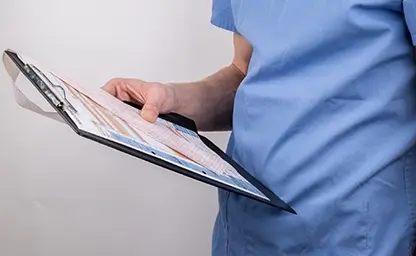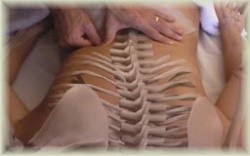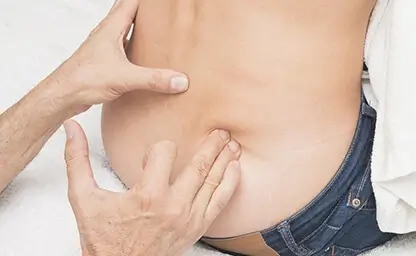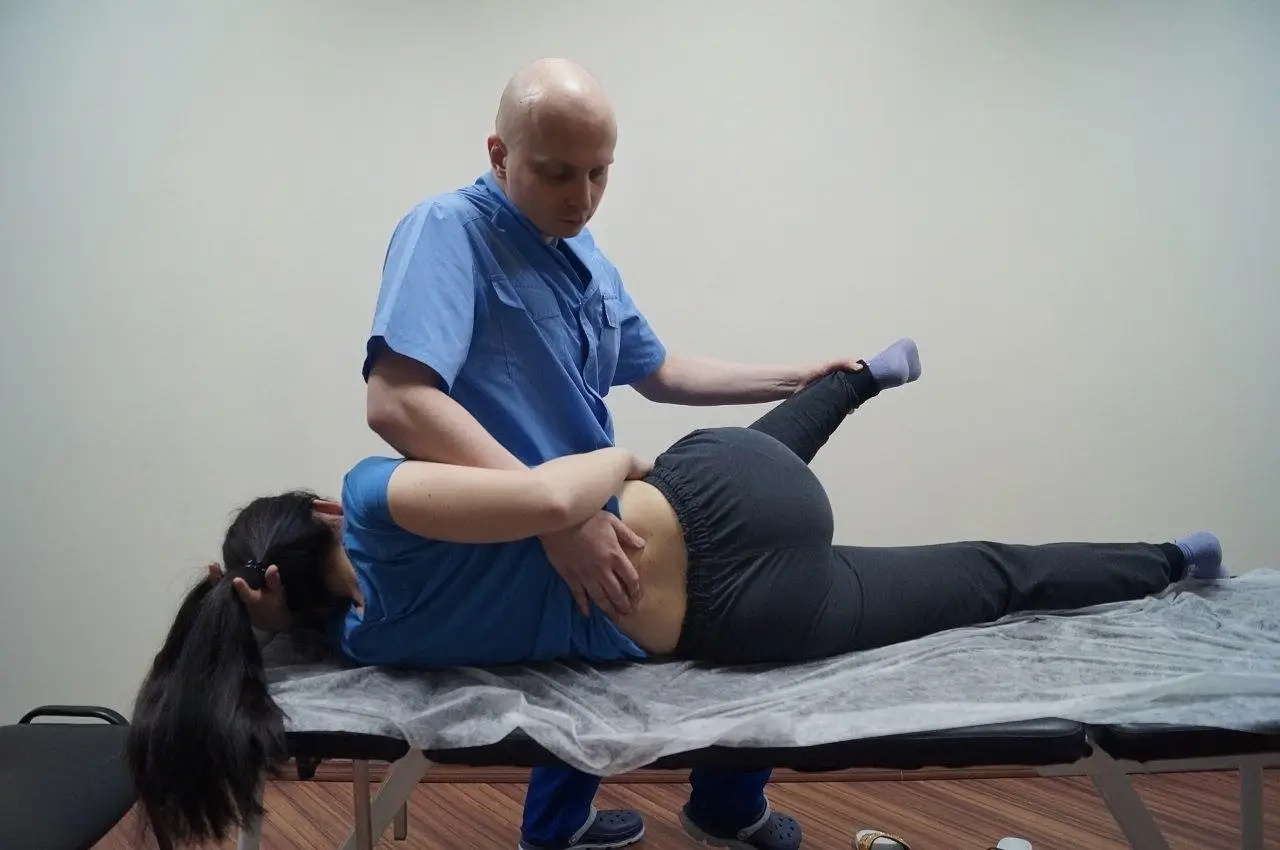

Neuromuscular treatment - NMT therapy
NEUROMUSCULAR THERAPY
Neuromuscular therapy was developed in Europe in the 1930s as a combination of traditional Ayurvedic (Ancient India) massage techniques and soft tissue therapies from other sources. Chiropractic specialist Stanley Lief, MD and his cousin Boris Chaitow, MD, a naturopathic physician and osteopath, developed techniques now called neuromuscular, which are an excellent and uncomplicated tool for diagnosis and therapy. There is also an American version of the method, which has its origins in the work of chiropractor Raymond Nimmo.
 Neuromuscular therapy belongs to the manual methods using specific pressure and movement, the fingers or thumb are used most often. These techniques can have either a diagnostic (evaluation) or therapeutic purpose, and the degree of pressure used varies greatly between these two modes of application. There are subtle differences between the European and American versions of NMT.
Neuromuscular therapy belongs to the manual methods using specific pressure and movement, the fingers or thumb are used most often. These techniques can have either a diagnostic (evaluation) or therapeutic purpose, and the degree of pressure used varies greatly between these two modes of application. There are subtle differences between the European and American versions of NMT.
Additional manual NMT techniques (both versions) include massage, muscle energy techniques (MET), positional release techniques (PRT), myofascial release techniques (MRT), and variations of these soft tissue approaches.
Therapeutically, neuromuscular massage seeks to produce changes in dysfunctional tissues, encouraging restoration of normal function, with particular emphasis on deactivating local reflexogenic points such as myofascial trigger points. An alternative goal of application is to normalize imbalances in hypertonic and/or fibrous tissue, either as an end in itself or as preparation for joint mobilization or manipulation.
Effects of neuromuscular trigger point therapy
NMT addresses a number of features that are commonly involved in causing or exacerbating pain and dysfunction, including but not limited to:
- Biomechanical factors - postures, including habitual movements, tendency to hyperventilate, and localized dysfunctional conditions such as hypertonicity, trigger points or nerve compression.
- Psychological factors - stress, anxiety, depression, etc. and related manifestations in the body.
- Biochemical features - nutrient imbalances and deficiencies, intoxication (exogenous and endogenous), endocrine imbalances (e.g. thyroid insufficiency), ischemia, inflammation.
NMT therapy sees its role as attempting to normalize or modulate any exposure to skeletal muscle pain and dysfunction that may be identified, in order to remove or alter as many etiological and persistent influences as possible, without creating additional stress or impairing adaptation.
As you can see, the method itself is not a one-size-fits-all approach, but is very patient-oriented and designed to address very specific muscle dysfunctions. Another big plus is that the patient can be trained to use the therapeutic techniques on their own.
☛ Fascia and connective tissues in deep tissue massage.
☛ Visceral manipulation techniques.




